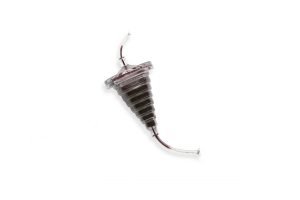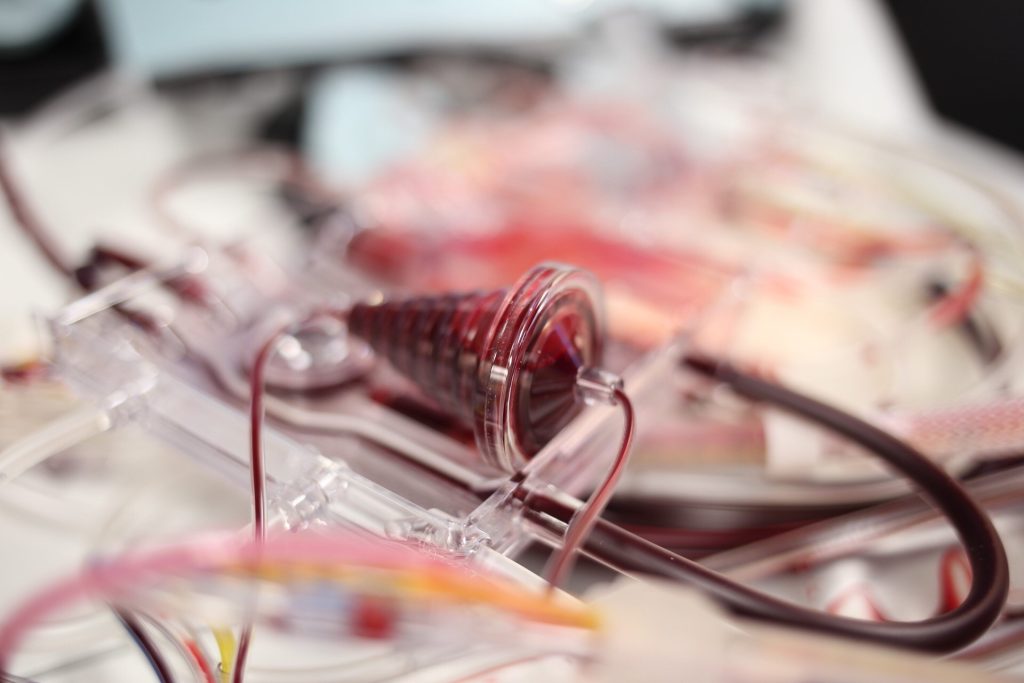
Both of the BCA LRS Chamber products are removed from the donor-specific consumable kit used during a plateletpheresis procedure. This Chamber captures the leukocytes and is often disposed of unless we can provide them to researchers who want to use them for research. The Chamber (which we call a Leukocyte Reduction System Chamber – or LRS Chamber for short) is rich in leukocytes with a low neutraphil count. This a fresh product snipped out of the consumable set and shipped same or next-day. Many researchers prefer these chambers over buffy coats because of the concentration of PBMCs (peripheral blood mononuclear cells).
Leukoreduction System (LRS) Chambers Provide More Human Lymphocytes And Monocytes than Buffy Coats
Peripheral blood mononuclear cells (PBMCs) are integral in immunology and cell therapy research. These cells are often sourced from buffy coats derived during whole blood processing, however, leukoreduction system (LRS) chambers—typically discarded components of platelet apheresis kits—represent an underutilized yet superior alternative.
This study evaluated and compared the cellular composition, PBMC subtype distribution, and viability of cells from LRS chambers versus buffy coats. LRS chambers were found to contain slightly fewer total white blood cells (WBCs), but significantly more PBMCs. The PBMCs included higher counts of lymphocyte subsets (T cells, B cells, NK cells) due to their minimal granulocyte content.
Moreover, PBMCs from LRS chambers maintained high viability (>90%) for up to four days post-collection. LRS Chamber PBMC viability outperformed buffy coats, which showed declining viability likely due to granulocyte-induced cell death.
Another advantage of LRS chambers includes fewer processing steps. This advantage increases accessibility while reducing technical variability.
These findings support the use of LRS chambers as a more efficient, reliable, and cost-effective source of high-quality PBMCs for laboratory research.
Click here to read or download a full copy of the paper
Click here to proceed to the ORDERING section/page for product listings and ordering forms.
The Luekocyte Reduction System (LRS) chambers, is part of the disposable kit used when perform a leukapheresis collection on the TrimaAccel® machine for therapeutic platelet transfusions. The cone is used to separate the leukocytes prior to platelet transfusion to reduce rejection. The leukocyte-filled cone is often disposed of unless it can be used for research purposes as it is rich in leukocytes with low neutrophil concentration. Following a simple procedure the cells can be drained and then further separated depending on the intended use. The material in the cone is properly and fully consented for non-clinical, research use.
The chambers have been shown to maintain >90 viability for research use when stored at 20-24C for up to 24 hours. When the cells from cones are eluted into plasma or cell culture media and stored at 2-6°C, >90% has been shown at 4 days.
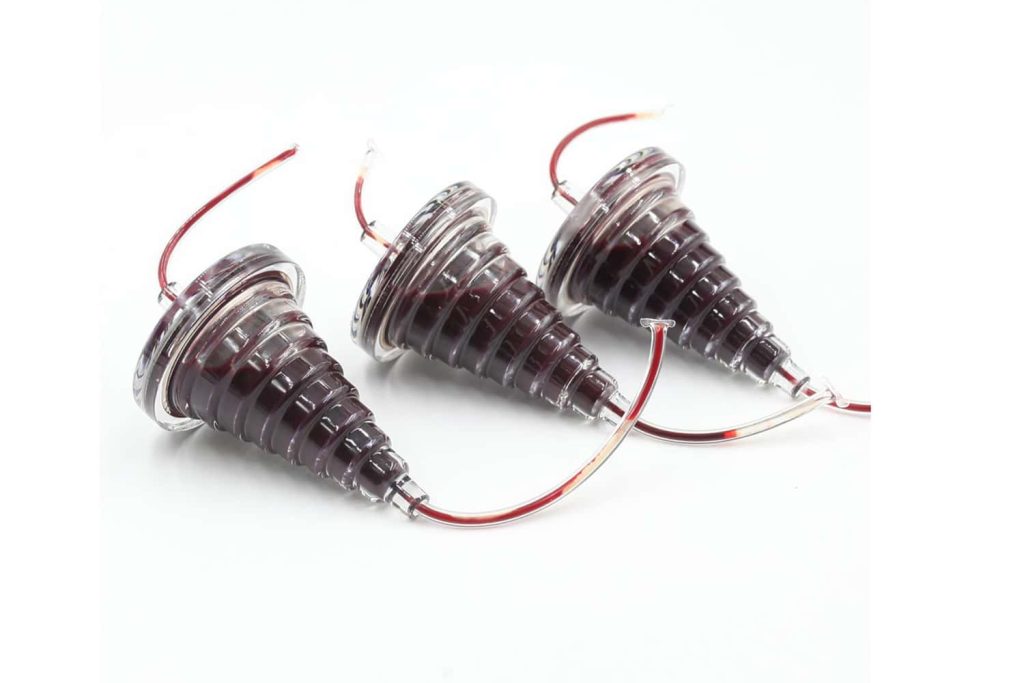
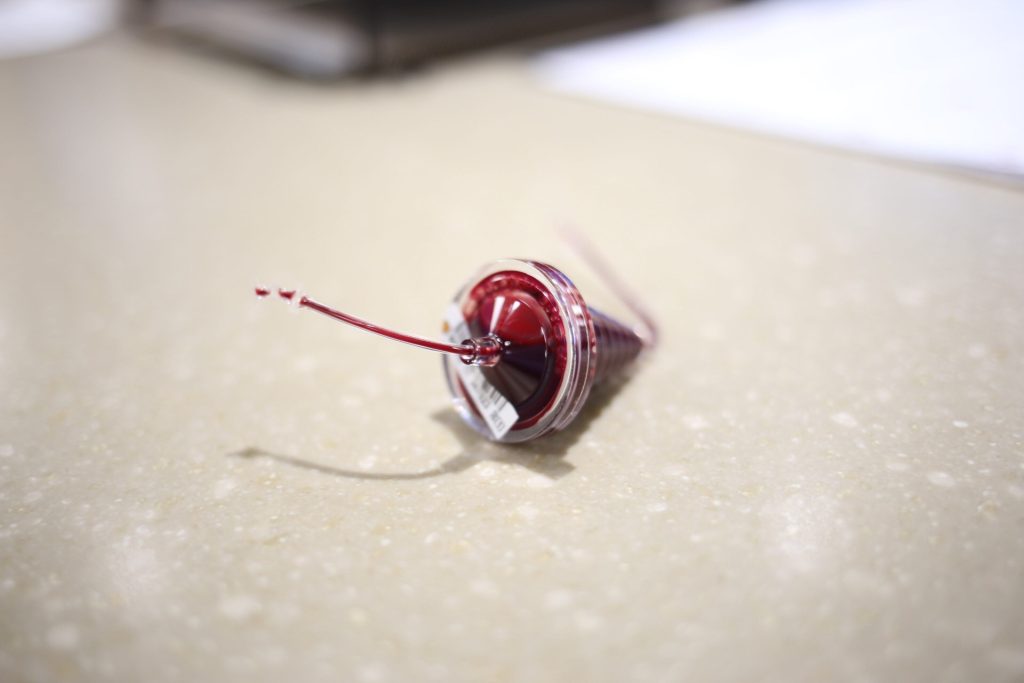
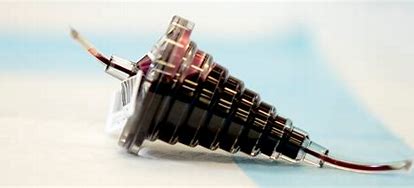
“Many blood banks are using apheresis machines to collect blood components such as platelets (PLTs), RBCs, or plasma. Especially, leukoreduced plateletpheresis using apheresis instrument (Trima Accel, Gambro BCT, Lakewood, CO) provided subsidiary cell products retained in leukoreduction system (LRS) chamber that was originally discarded. The LRS chamber is a conical-shaped chamber that uses saturated, fluidized, particle bed filtration technology to remove WBCs from PLTs. In the current study, a total of 24 LRS chambers from different donors were investigated to determine it would be a valuable source of viable human peripheral blood mononuclear cells (MNCs). The proportions of CD3+, CD19+, CD16+/CD56+, CD14+, CD45+ cells, and absolute CD34+ cell count within the LRS chambers were determined by flow cytometry. Dendritic cells (DCs) were generated from the immunomagnetically purified CD14+ cells from LRS chamber and characterized by phenotypic surface marker and stimulatory capacity in an allogeneic mixed lymphocyte reaction. In the LRS chamber, the total number of WBC count was 1.1 × 109 ± 0.3 × 109 and the mean percentage of MNCs was 80.6 ± 13.1%. The mean proportion of T cells, B cells, NK cells, CD14+ monocytes among CD45+ cells was 54.3 ± 11.5%, 6.4 ± 3.1%, 14.6 ± 3.9%, 12.9 ± 7.5%, respectively. Total absolute CD34+ cell count in LRS chamber was 0.95 × 106 ± 0.65 × 106. Also, we could demonstrate CD14+ cells isolated from LRS chamber was capable of differentiating into functionally mature DCs in vitro. LRS chambers are a valuable and convenient source of viable human peripheral blood mononuclear cell population and could replace standard buffy coat preparations for research applications.”
Kim et al. (2007)
Product contains red blood cells, plasma and negligible amount of anticoagulant (ACD-A). Store at 20-24C up to 24 hours.
One of our member fulfillment center groups, BioSharing, reports the following data regarding LRS specifications (click here for their Technical Data Sheet):
In analyzing over 150 cones, TNC content ranged from 1X10⁹ to 3X10⁹, with the average being 1.8X10⁹, with less than 5% granulocyte contamination. The RBC content of the chamber averages 5.6X10¹⁰ and the platelet content averaged 2.0X10¹⁰ platelets.
When the cells from cones are eluted into plasma or cell culture media and stored at 2-6°C for up to 4 days, the cells remained >95% viable at 2 days and >90% viable at 4 days. When cones were stored uneluted at 2-6°C, cells remained 96.7% viable at 2 days and 92.5% viable at 4 days, on average. T cells from LRSCs proliferated when stimulated with anti-CD3/CD28 beads or PHA and cultured in the presence of IL-2. CD14 monocytes from LRSCs differentiated into CD16 macrophages when cultured in a differentiation media cocktail containing insulin.
One of our other members, Vitalant, has provided a product memo you can view here.
For instructions on how to drain and isolate the leukocytes from the chamber upon receipt, click here for a step-by-step guide providing a protocol and equipment list. Isolate PBMCs from the RBC fraction of LRS chambers in 30-40 minutes using this simple RBC lysis protocol.
